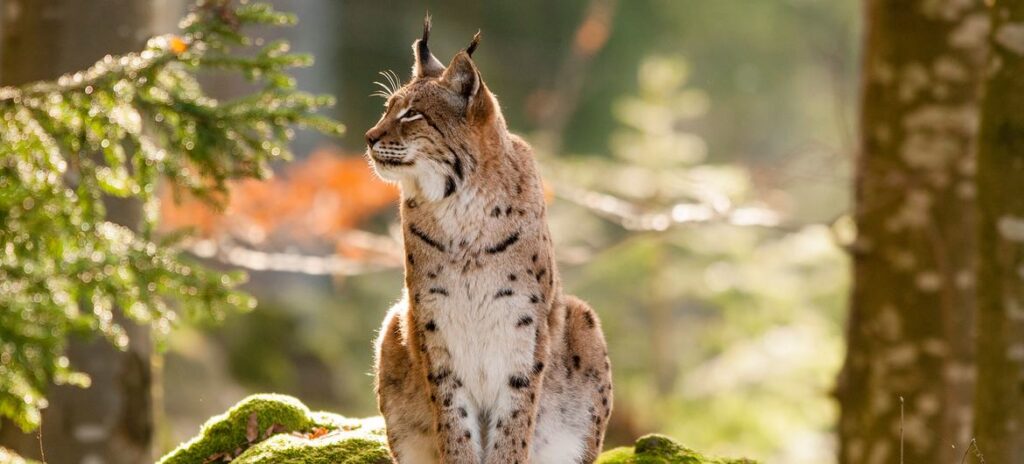
The new names apply to Colombia, the Dominican Republic, Gambia, Italy, Mongolia, the Philippines, the Republic of Korea and Spain.
In addition, for the first time the list includes two cross-border reserves, which extend across Belgium and the Netherlands, and Italy and Slovenia.
Audrey Azoulay, Director General of UNESCOemphasized that these designations are given at a time when humanity is “grappling with a biodiversity crisis and climate disruption”.
“At a time when the international community is calling for increased protected areas, these new biosphere reserves “Playing an essential role in the sustainable conservation of biodiversity, improving the living conditions of local and indigenous peoples and promoting scientific research,” she added.
Biosphere reserves are nominated by national governments and remain under the sovereign jurisdiction of the states where they are located. They are assigned by UNESCO following an intergovernmental designation process under the Man and Biodiversity (MAB) Programme.
Important purposes
UNESCO stressed that biosphere reserves play an important scientific role. They serve as sites for research and monitoring, and provide valuable data and insights that inform environmental management and policy decisions.
In addition, they contribute to achieving global development goals, such as those of the Kunming-Montreal Global Biodiversity Framework, which aims to protect and restore large parts of the Earth’s ecosystems by 2030.
They also promote unique local ideas for sustainable development, protect biodiversity and combat climate change.
Global Biosphere Reserves
The new reserves bring the World Network of Biosphere Reserves up to 759 locations in 136 countries and covering a total area of 7,442,000 square kilometers (about 2,870,000 square miles), almost the size of Australia.
Approximately 275 million people live in biosphere reserves worldwide.
The network covers all major representative natural and semi-natural ecosystems.







